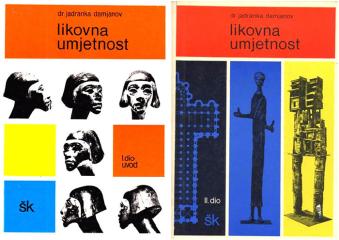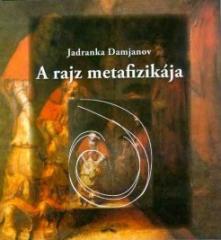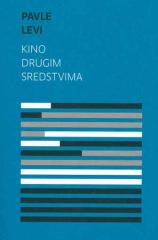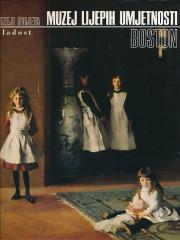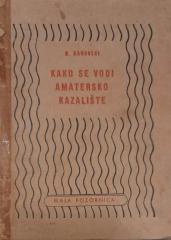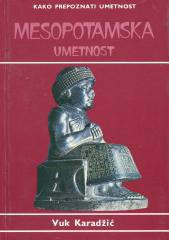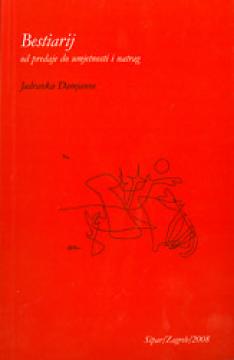
Bestijarij: Od predaje do umjetnosti i natrag
Eine Sammlung von Essays eines angesehenen kroatischen Kunsthistorikers, der die Symbolik von Tieren in Kunst, Folklore und Mythologie untersucht und alte Traditionen mit ihrer Widerspiegelung in der bildenden Kunst und Kultur verbindet.
Das Buch analysiert Bestiarien – mittelalterliche Sammlungen von Beschreibungen realer und mythischer Tiere wie Basilisken und Drachen, die moralische und religiöse Botschaften vermitteln. Damjanov untersucht, wie Tiere wie Löwen, Adler oder Schlangen von der Romanik bis zur Moderne zu Symbolen in der christlichen und säkularen Ikonographie wurden. Sie legt besonderen Wert auf die ungarische Mythologie, darunter Figuren wie Hunor und Magor, und verbindet folkloristische Motive mit Kunstwerken. Das Buch untersucht auch die Rolle von Bestiarien in der Bildung und ihren Einfluss auf die kollektive Vorstellungswelt.
Mit einem interdisziplinären Ansatz verbindet Damjanov Kunstgeschichte, Ethnologie und Literatur und bietet dem Leser Einblicke in die kulturelle Rolle von Tieren. Der Stil ist klar und ansprechend und spiegelt ihr pädagogisches Talent wider. Das Buch ist bedeutsam für das Verständnis von Symbolik und transkulturellen Zusammenhängen, insbesondere im Kontext der kroatisch-ungarischen Beziehungen, und bleibt ein wertvoller Beitrag zur Kulturanimalistik. Die Essays basieren auf Radiosendungen, die die Autorin für ein literarisches Format adaptierte.
Angeboten wird ein Exemplar
